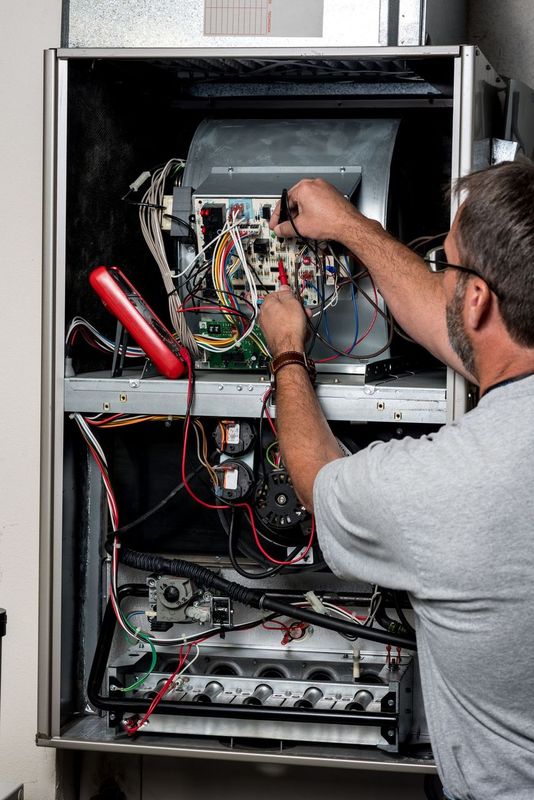Some Known Details About Green Attics
Table of ContentsThe smart Trick of Green Attics That Nobody is DiscussingGreen Attics Fundamentals ExplainedGreen Attics Can Be Fun For AnyoneThe Best Guide To Green AtticsThe Green Attics PDFsThe smart Trick of Green Attics That Nobody is Talking About
Posted by Service Champions Air Conditioning BlogWhen you switch on your home heating, you want it to stay inside your home - Home energy audit. Powering up the home heating causes the warmth to climb straight up into your attic. It's after that up to your attic insulation to do its work and obstruct the heat from running awaySo, it's noticeable that you need to invest your money and time into insulating your home, however what attic insulators are available for you to choose from? Which attic insulation is best? And what are the prospective dangers of each of them? This article will detail the 4 kinds of attic room insulation you can pick from, plus dive into the benefits and drawbacks of each.

The 7-Second Trick For Green Attics
Batts allow, rolled up sheets of material which are integrated together with a chemical vapor. This vapor serves as a glue. Why is fiberglass batt insulation so popular? It's lots of advantages include: All at once, fiberglass is significantly environmentally friendly. The fiberglass itself is developed from sand which is then turned into glass, which counts as an eco-friendly energy resource.
Fiberglass batt insulation hardly ever shrinks or breaks down. This is due to the air pockets that occur in manufacturing. Setup is simple. As a matter of fact, it's so simple that several homeowners select DIY setup. If you follow this route, you 'd be dodging an installment cost. Fiberglass batt insulation is also soundproof, helping decrease exterior sounds and keep interior audio inside the property.

Green Attics Can Be Fun For Anyone
If moisture is taken in by the fiberglass batt insulation, it can reproduce hazardous mold. Rats and various other undesirable visitors like fiberglass batt insulation, and commonly make it their home. As such, rodent invasions are a real opportunity. If you like the principle of fiberglass however aren't crazy about utilizing batts, after that blown-in fiberglass may be the next way ahead for you.
When making use of the blown-in approach, it loads the attic room better, guaranteeing it's air-tight. Because of this, it fills up any kind of cracks or voids, also in unpleasant spaces. This lowers the amount of warm air escaping and chilly air entering. It likewise catches noise. The blown-in distribution technique is much quicker. It takes an issue of hours to get your attic room insulation up and running.
After the insulation has actually cleared up, it's confirmed that the R-Value lowers. It needs more maintenance than various other kinds of attic room insulation on our listing. Should the insulation obtain damp, removing the insulation isn't as easy as removing fiberglass batts. You'll need to choose everything up, while putting on gloves, and eliminate it bit by little bit.
This attic room insulation is also blown-in utilizing a blowing machine, nevertheless the product made use of is various. The material made use of right here is cellulose. This is made from all various recycled product, including things constructed of timber, papers, and cardboard. Boric acid and other substances are applied to flame-proof the attic room insulation.
Top Guidelines Of Green Attics
Is blown-in cellulose insulation worth it? The boric acid and other substances help to fire proof the insulation and reduce the spread of fires.
Blown-in cellulose insulation has an R-Value that is 23 percent greater than fiberglass batts. Cellulose likewise assists reduce wind-washing. What are the cons of mounting blown-in cellulose insulation in your attic room? Here are the drawbacks: Cellulose is green, nonetheless the more materials that are included are not. Boron is required to create boric acid, and the mining process that mines boron is hazardous to the atmosphere.
Fixing this circumstance can be labor and time intensive, as you'll need to select up the insulation bit by bit, rather than in one roll. The final type of attic room insulation is spray foam insulation.
The Facts About Green Attics Revealed
Unlike all the other kinds of attic insulation, spray foam insulation is the only kind ahead as a fluid. After being sprayed, it enlarges and grows, and after that sets as a durable foam. This foam slides nicely into any type of gaps, locking airtight, and cuts off any retreat routes for your heating.
What are the drawbacks of spray foam insulation?: The upfront payment for spray foam insulation is greater than the other kinds of attic insulation on our list. However, it deserves considering that, because of high degrees of energy efficiency, it'll likely stabilize out or even come to be less costly in the long-run to keep your home warm.

Get This Report about Green Attics
Wonderful treatment requires to be taken around the foam, and you'll need to wear goggles, a mask, and a respirator. With 4 kinds of attic room insulation and their pros and cons, you're now able to make an informed choice, understanding the advantages and negative aspects to each. That's why I can claim with self-confidence that the ideal method to protect my attic room is with low-cost cellulose or fiberglass insulation applied over an airtight attic room floor.
Comments on “Little Known Facts About Green Attics.”